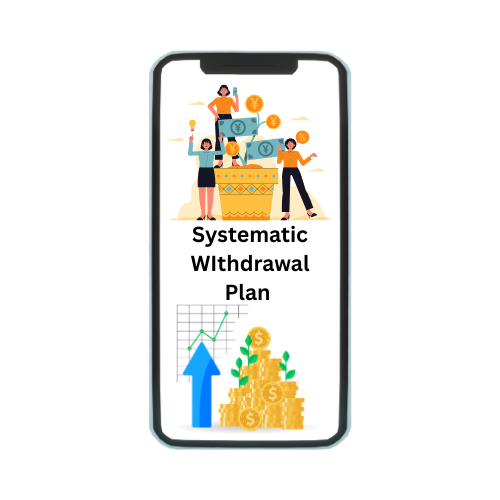Electronic filing, or e-filing, is the submission of documents, forms, or data through online platforms, replacing traditional paper-based methods. Widely used in tax, legal, and business domains, e-filing streamlines processes by enabling fast, efficient, and accurate submissions. It minimizes paperwork, reduces errors with automated checks, and often offers real-time tracking for added convenience. E-filing is also environmentally friendly and cost-effective, cutting down on paper and mailing expenses. With robust encryption and security protocols, e-filing ensures data protection, making it a preferred choice for individuals, businesses, and government entities in today’s digital era.
Key Areas of Electronic Filing
- Tax E-Filing
E-filing is widely used for tax submissions worldwide. Tax authorities, such as the IRS in the United States and the Income Tax Department in India, offer e-filing systems where individuals and businesses can submit tax returns online. E-filing simplifies the process by reducing paperwork, speeding up refunds, and allowing for more accurate filing thanks to automated error-checking features. - Legal E-Filing
Courts and legal systems around the world are increasingly adopting e-filing systems for case filings and other legal documentation. Attorneys and litigants can submit pleadings, motions, and evidence electronically, reducing the need for physical submissions and manual record-keeping. E-filing in the legal field promotes transparency and accessibility, as digital documents can be easily retrieved and shared by court personnel and legal professionals. - Business and Corporate E-Filing
Many government agencies and regulatory bodies allow businesses to submit annual reports, registration documents, and other compliance-related forms electronically. This streamlines corporate compliance processes, speeds up approvals, and ensures more secure storage and retrieval of essential business information. For instance, many companies can file their financial statements, business licenses, and corporate tax returns through electronic means.
Benefits of Electronic Filing
- Speed and Efficiency
E-filing significantly reduces the time required to process submissions. Documents can be submitted instantly, avoiding delays associated with mailing or physical delivery. Many systems also offer real-time tracking, allowing users to monitor the progress of their filings. - Error Reduction
Electronic filing systems typically have built-in validation tools that detect errors or missing information before submission. This feature minimizes the risk of rejections due to incorrect data and helps ensure that documents are completed accurately. - Cost Savings
E-filing reduces expenses associated with paper, printing, postage, and storage. For businesses and government agencies, it lowers operational costs, while individuals benefit from savings on filing fees, as e-filing services are often cheaper than paper-based options. - Environmental Impact
By reducing reliance on paper and physical storage, e-filing is more environmentally sustainable. The move to digital submissions contributes to reduced deforestation, lower carbon emissions, and less waste. - Accessibility and Convenience
E-filing platforms can be accessed from anywhere with an internet connection, making it convenient for individuals and businesses. Many systems are available 24/7, allowing users to submit documents outside of regular office hours. - Improved Record-Keeping
Digital storage of documents improves record-keeping by making files more easily searchable and retrievable. E-filing allows organizations to maintain organized, accessible databases of their documents.
Security and Data Protection in E-Filing
Given the sensitivity of many documents submitted via e-filing (such as tax returns, legal documents, and personal identification), most e-filing systems implement robust security measures. These measures typically include:
- Encryption
Information submitted through e-filing portals is encrypted to prevent unauthorized access during transmission and storage. - Authentication and Access Control
E-filing systems require users to authenticate themselves, often through passwords, PINs, or multi-factor authentication. This ensures that only authorized individuals can submit or retrieve documents. - Audit Trails
Many e-filing platforms include audit trails, which track changes and access to documents, ensuring transparency and accountability in document handling. - Compliance with Regulations
To protect user data, e-filing systems comply with national and international data protection laws, such as GDPR in Europe and the CCPA in California.
Examples of Electronic Filing Systems
- Tax Portals: The IRS’s e-file system, India’s e-Filing Portal, and the UK’s HMRC provide taxpayers with a digital way to submit tax documents, make payments, and receive refunds.
- Court Systems: In the United States, the federal court system uses the CM/ECF (Case Management/Electronic Case Files) system, which allows electronic submission and management of case files. Various state and local courts have also implemented similar systems.
- Business Registries: Government agencies like Companies House in the UK and the Ministry of Corporate Affairs in India offer e-filing systems for corporate compliance and registration.
Challenges in Electronic Filing
While e-filing offers numerous advantages, there are challenges, such as:
- Technical Issues: Users may face challenges related to system outages, slow internet speeds, and compatibility issues.
- Cybersecurity Risks: Despite strong security measures, e-filing systems can be targets for cyberattacks. Ensuring data protection against potential breaches remains a constant priority.
- Digital Divide: Not everyone has access to the internet or digital devices, making it difficult for some individuals to use e-filing services.
- Complexity for First-Time Users: People new to e-filing may find digital systems difficult to navigate, which can be a barrier for adoption.
Conclusion
Electronic filing has transformed how documents are submitted across multiple sectors, enhancing efficiency, reducing costs, and promoting sustainable practices. Despite challenges, e-filing continues to be widely adopted due to its advantages in speed, accuracy, and security. As digital infrastructure improves and security measures evolve, e-filing is set to become even more accessible and reliable, solidifying its role as an essential part of modern document management.






